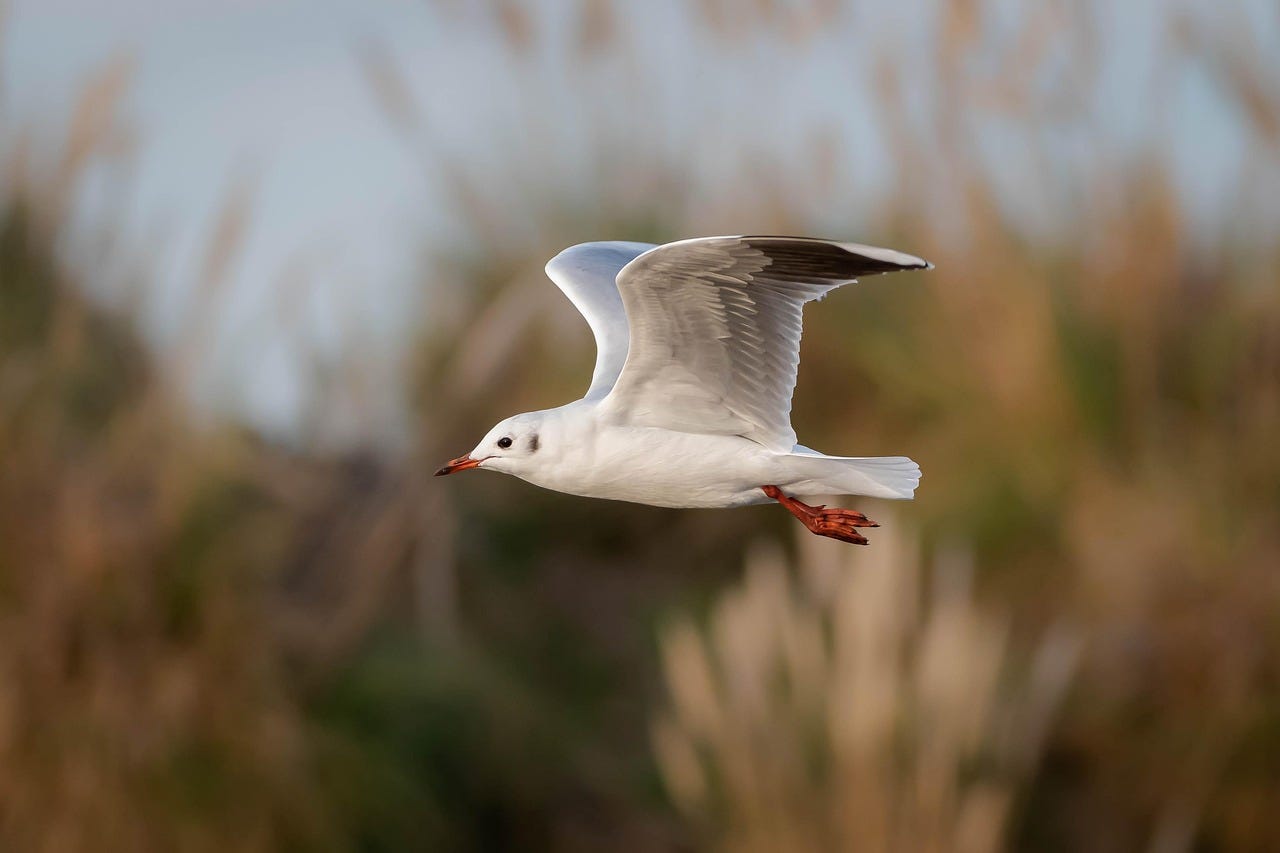Start Now, Adjust As You Go
Motion Creates Clarity
There’s a strange comfort in the idea of standing still. We convince ourselves that if we wait just a little longer until we have more information, confidence, and certainty, we’ll be ready to begin. It’s a seductive thought: that clarity comes first, and motion follows. But the truth, for most of us, is the opposite. Clarity rarely precedes action. It is a product of it.
“Motion creates clarity” is one of those deceptively simple truths that reorder your thinking about growth, decision-making, and life.
It’s not an argument against planning or reflection; instead, it’s a gentle challenge to the paralysis that often accompanies perfectionism. It whispers, "Begins," even when it’s messy, especially when it’s dirty.
Remember how children learn?
They do not wait to understand gravity's principles before attempting to walk. They stand up, fall, get bruised, and try again. In the process, they don’t just learn how to move; they learn about balance, timing, risk, and recovery.
There’s no substitute for experience.
The same holds in adulthood, though we often forget. We stall on writing the book until we’ve mapped every chapter. We delay applying for jobs until we’ve perfected the résumé. We hold back from love until we’re sure it’s safe. No map survives first contact with the terrain. We learn not by standing still and imagining the journey but by walking into it, one uncertain step at a time.
There is wisdom in the pivot. “Adjust as you go” is not an apology for failure but a recognition of reality. The best plans are living documents, responsive to feedback and grounded in the humility that we don’t know everything yet and probably never will.
In entrepreneurship, this is called iteration.
In relationships, it’s called compromise.
In art, we call it revision.
The name changes, but the principle is the same.
Start with what you know, then let reality teach you what you don’t.
Starting now doesn’t mean starting recklessly. It means being willing to learn while moving. There’s a discipline in this, a trust in one’s ability to course-correct.
It demands both courage and flexibility, a readiness to look foolish, and a commitment to keep learning. These are not traits reserved for the boldest among us; they are muscles anyone can develop, often through the very act of doing.
Inertia is seductive, but it breeds doubt, second-guessing, and regret.
Motion, even imperfect, even awkward, has a momentum of its own. It cracks the surface of uncertainty and allows light to seep in. It turns the abstract into the tangible. It reminds us that we are participants in life, not spectators.
So start. With a small step. With a rough draft. With a curious question. You may not know exactly where you’re headed, but clarity doesn’t live in the distance. It’s built into each stride you take. And if the path turns out to be the wrong one? You’ll know. And you’ll adjust. That’s the gift of motion; it teaches you what to do and who you are while doing it.


